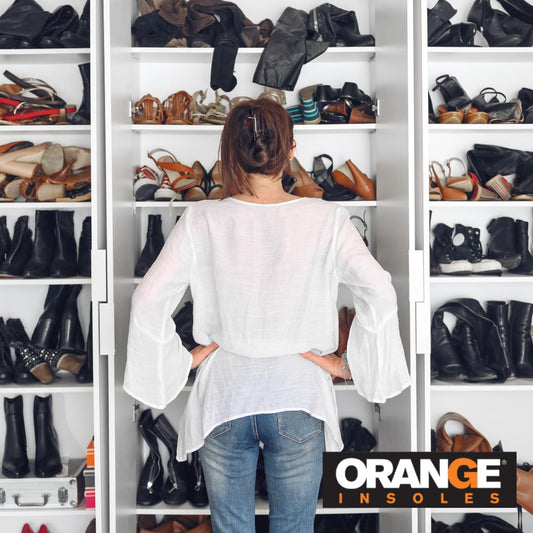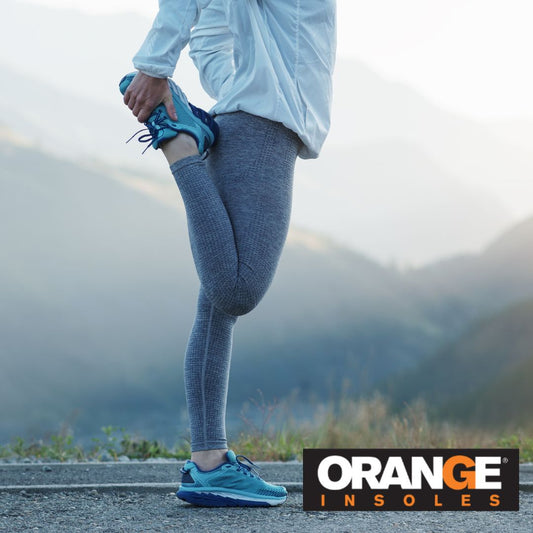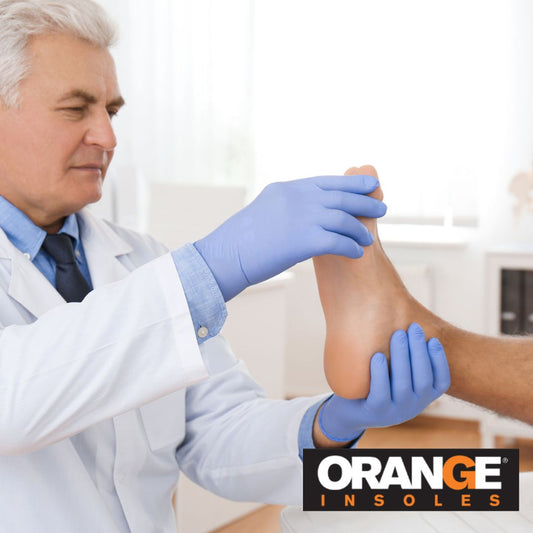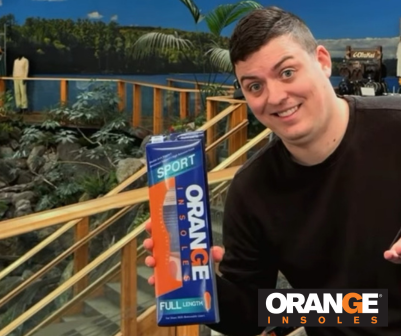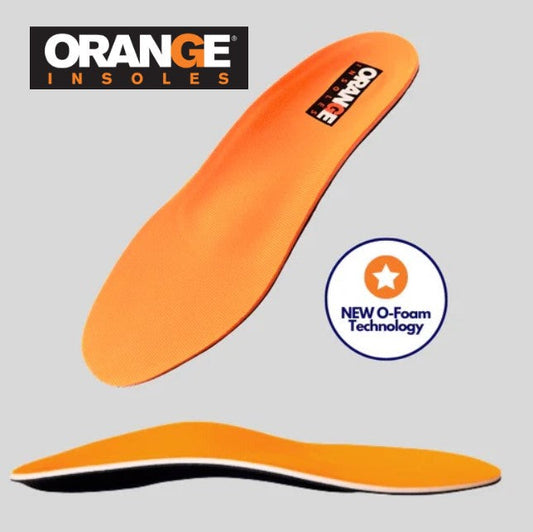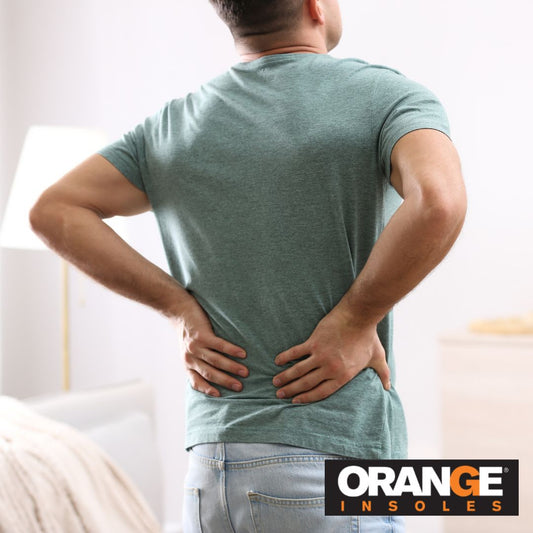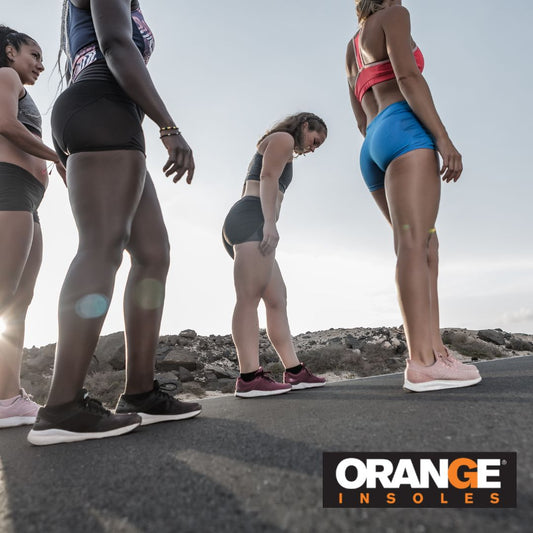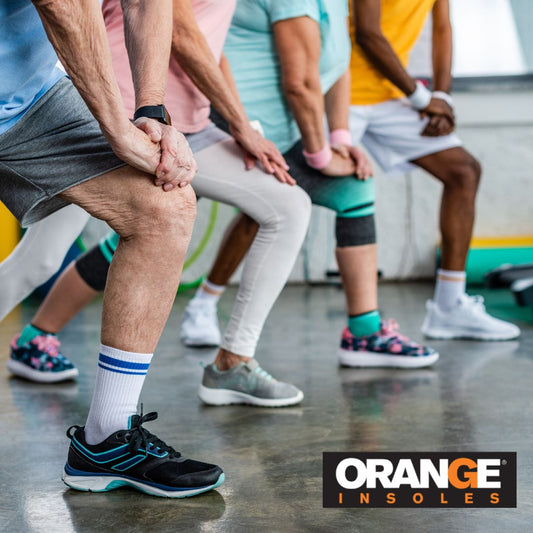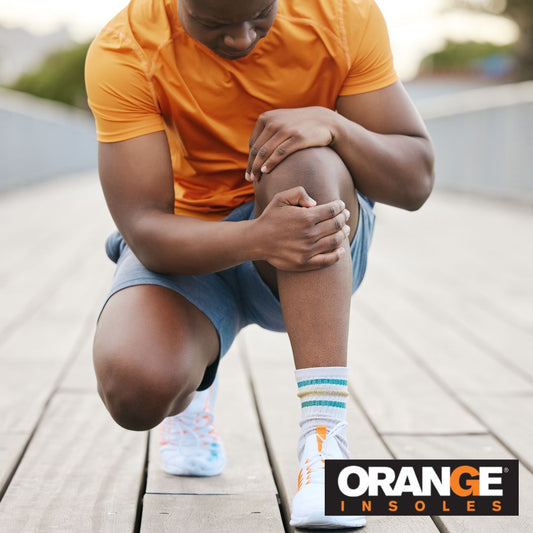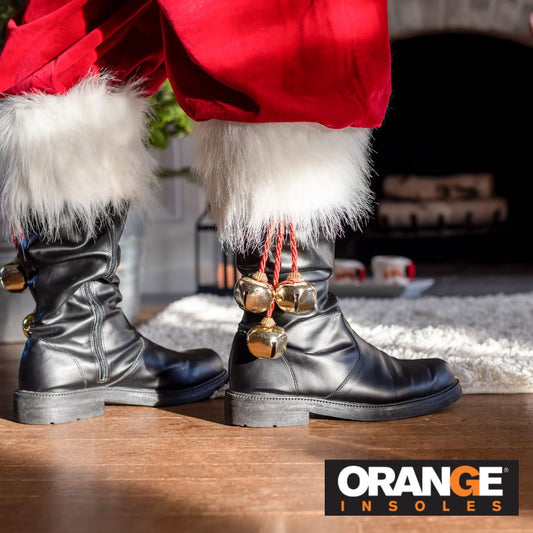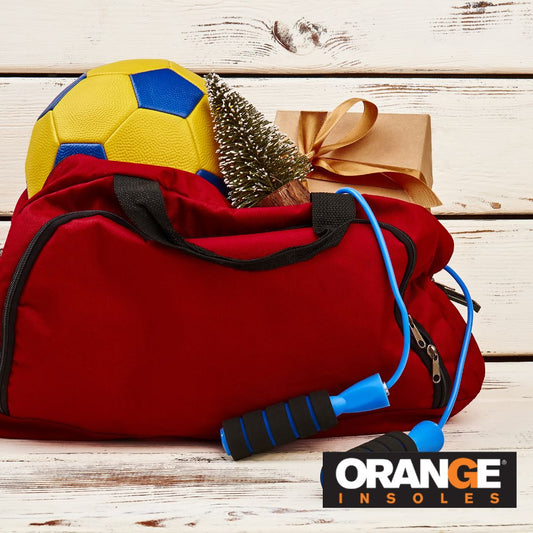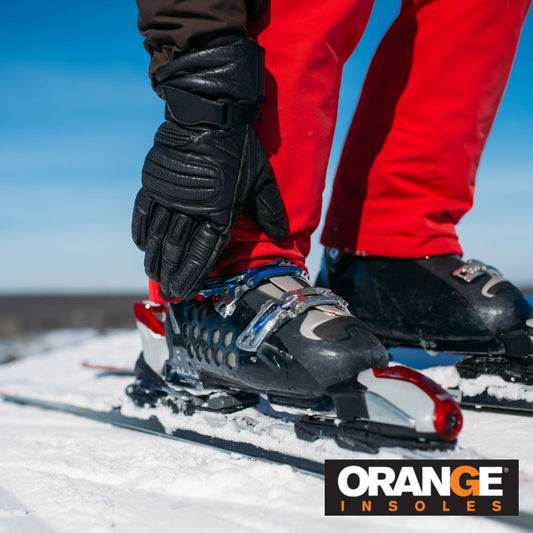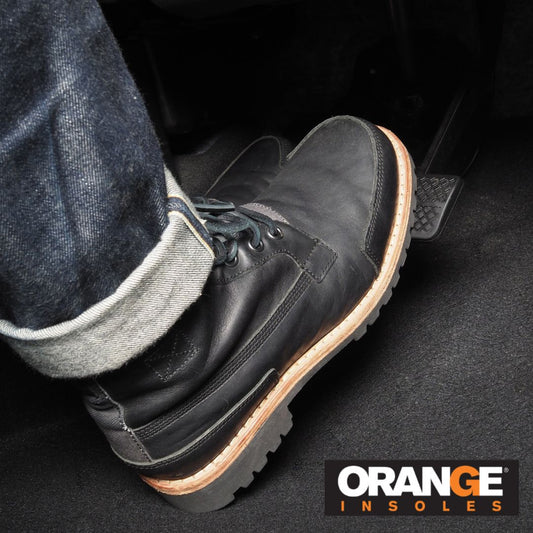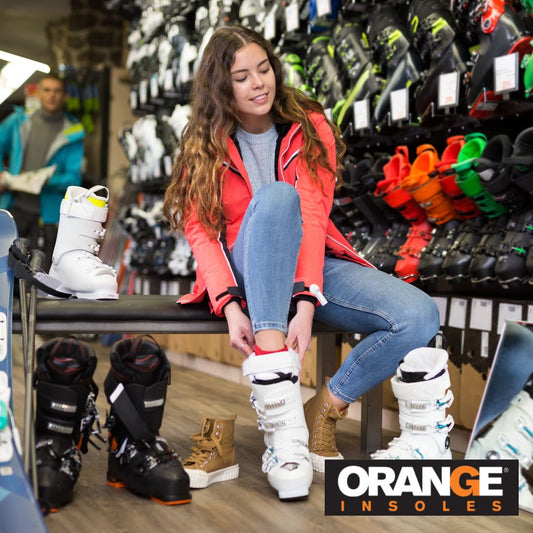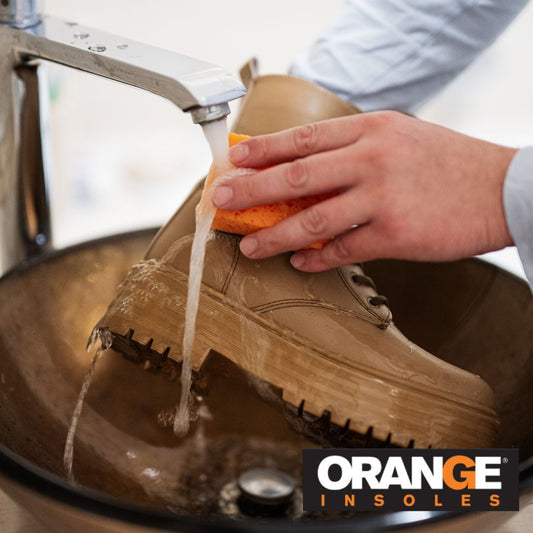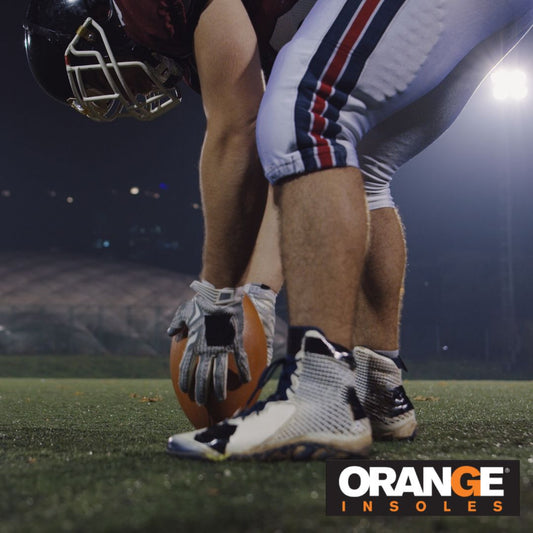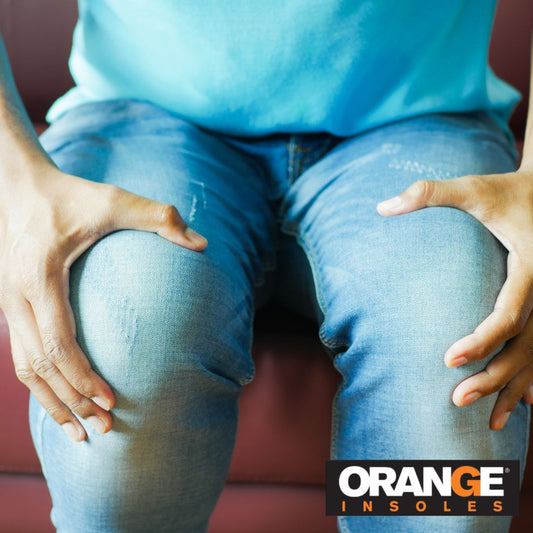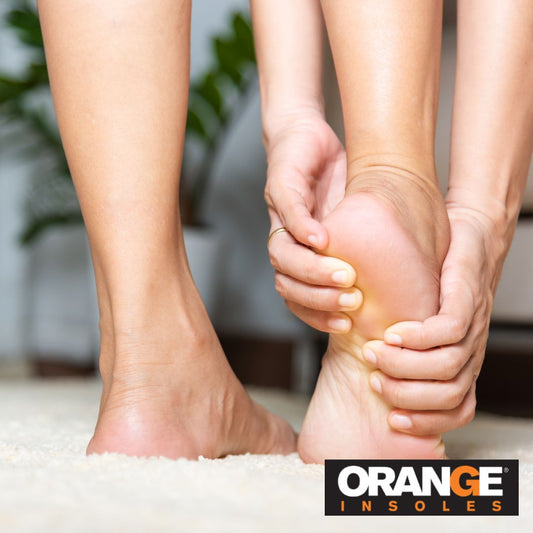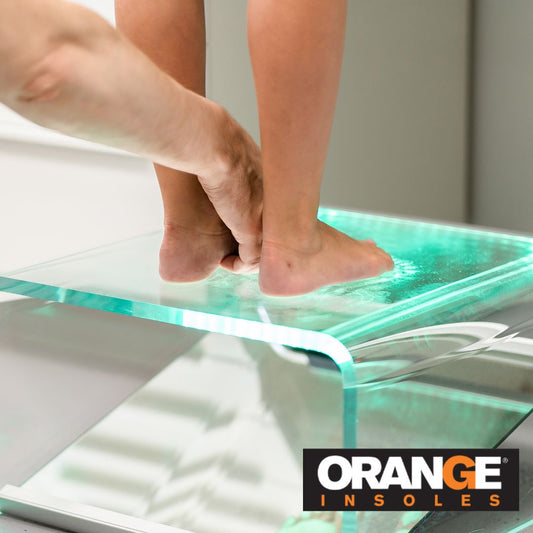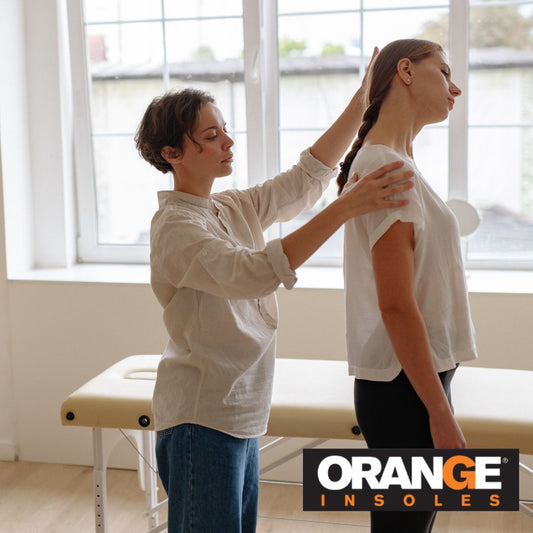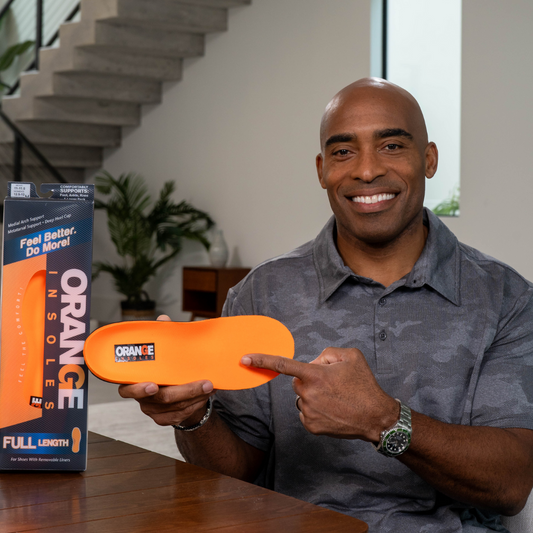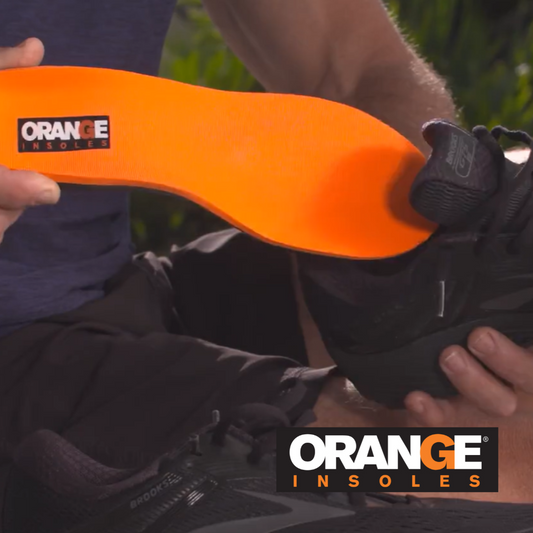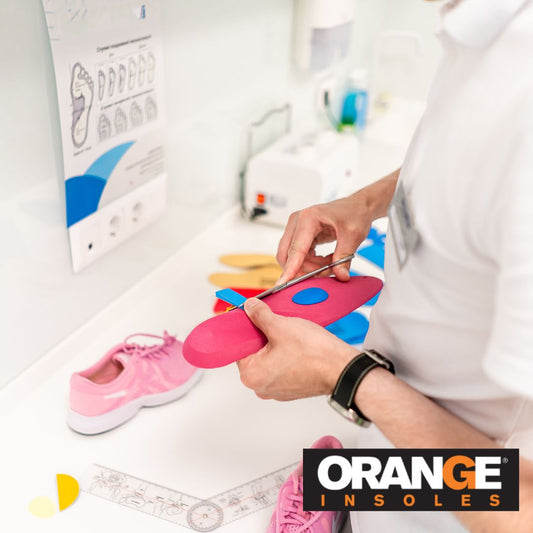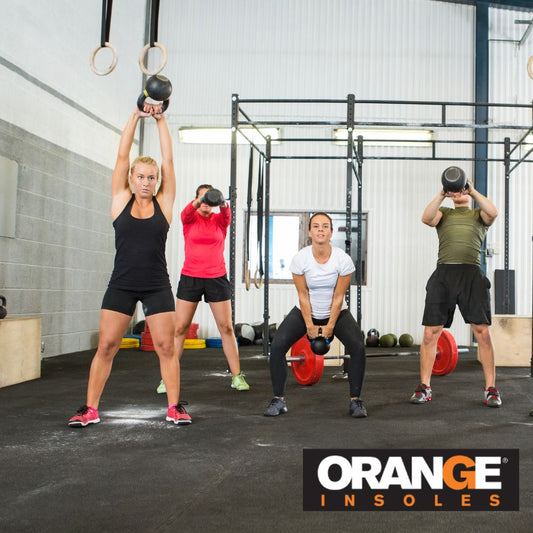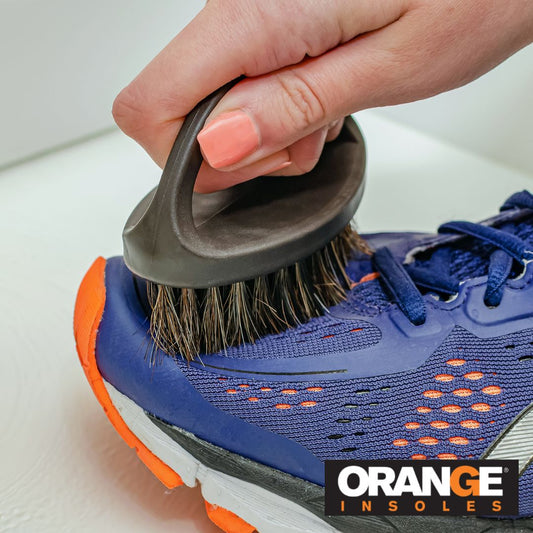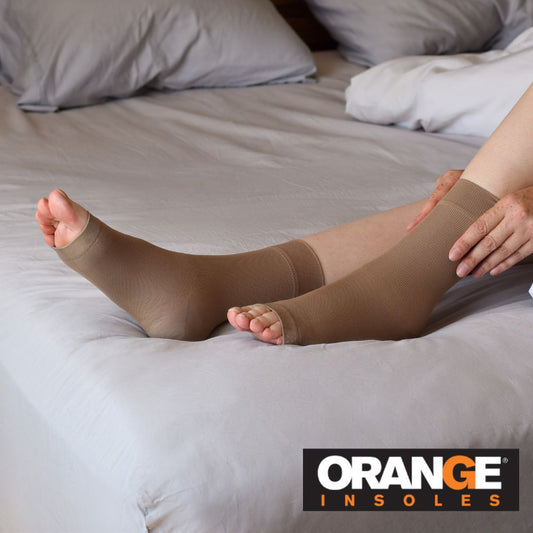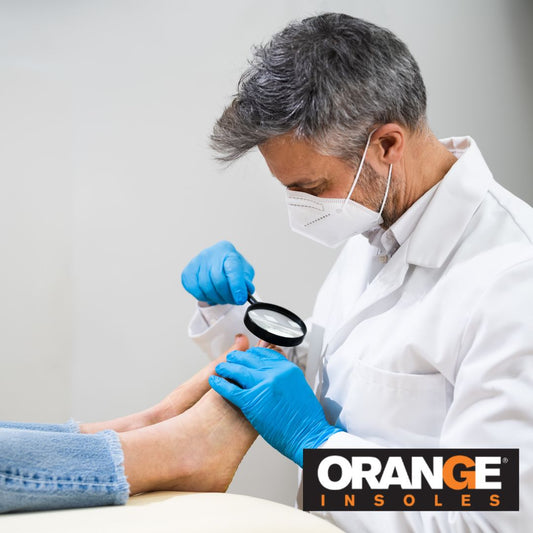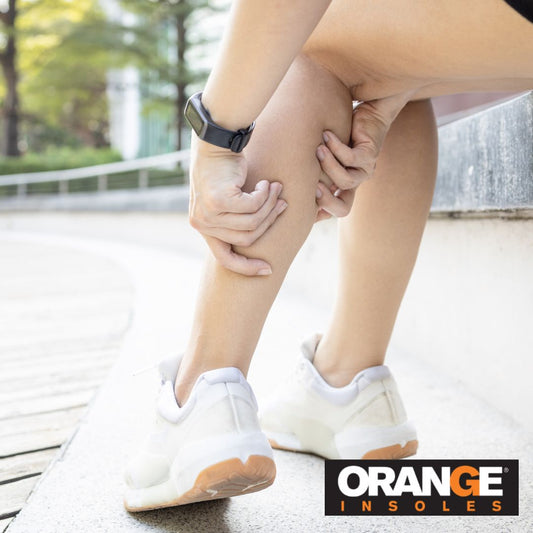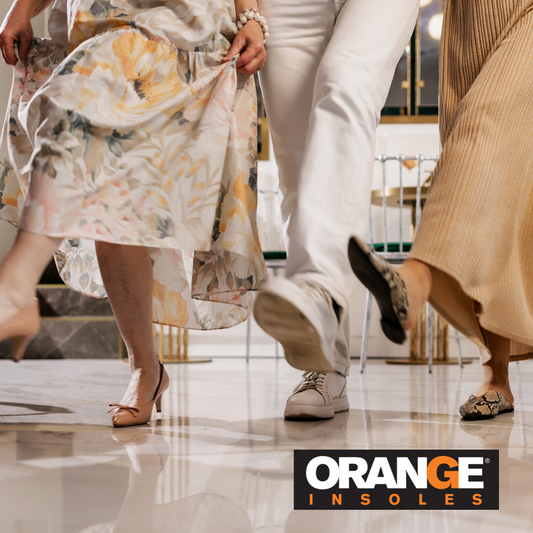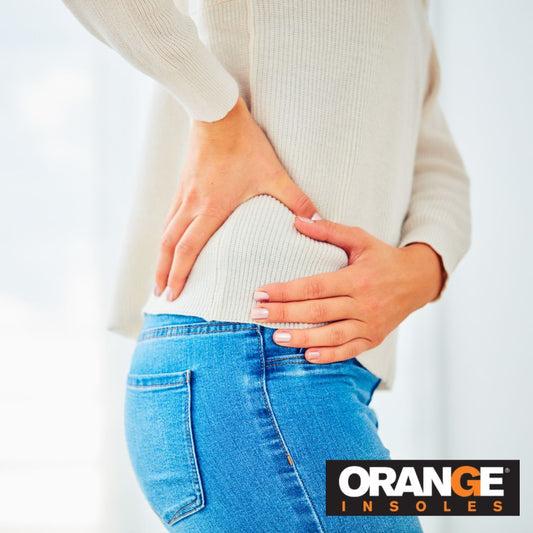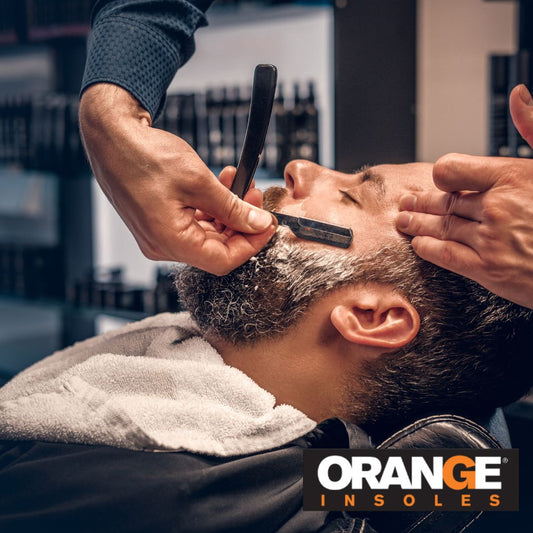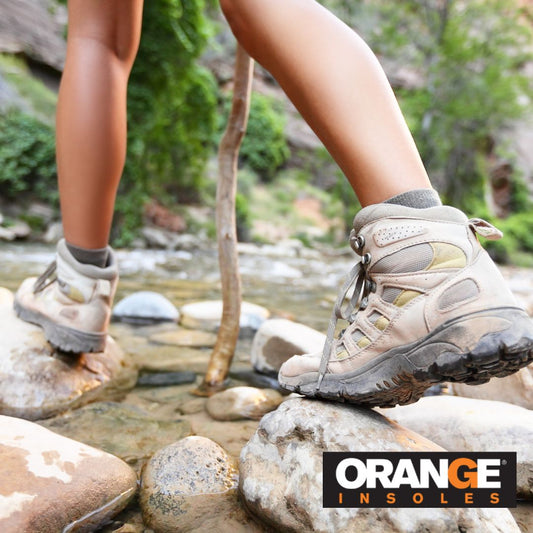Your feet hurt. You see the commercials for shoe insoles featuring smiling, relaxing individuals, seemingly pain free, and you decide to get yourself a pair. But one question… what are those shoe support insoles made of?
The material your shoe inserts are made of can not only impact your comfort, but also the amount of support your feet receive from them. And not all materials are created equal when it comes to arch support!
Let’s have a look at the two most common materials that make up the average shoe insole - gel and foam.
Gel Shoe Insoles: What Do They Offer?
When you get a gel-based shoe insole, you’re paying for two things… comfort and shock absorption.
Comfort
Think back to the shoe insole commercial you’ve been watching. The one where they slide their foot into a shoe with a gel insole and sigh with relief, seeming to lose every care they ever had in the world.
Gel insoles are squishy, and squishy means comfort. It’s easier to stand on a surface with some give than a hard surface.
Of course, comfort does not impact support. If you are experiencing pain or discomfort due to poor weight distribution, gel will not correct those issue.
Shock Absorption
The other thing that gel insoles can do is add additional shock absorption to protect your feet from high-impact activity.
When you run, for example, there’s a lot of impact generated as your feet hit the ground. The less shock absorption you have during high-impact activity, that force can get absorbed into your feet, knees, and even lower back.
Despite what some commercials have led you to believe, shock absorption doesn’t impact support either. While gel can cushion your feet during high-impact activity, it doesn’t have enough form to hold your foot in position to correct issues of alignment or weight distribution.
In fact, when wearing gel insoles during high-impact activity, it can displace the impact energy from the bottom of your foot… but that force has to go somewhere. If you don’t have enough support in your shoes, the force, (depending on your foot type,) can lead you to do things like over-pronate and cause an entirely different level of stress on your lower extremities.
Which brings us to foam insoles:
Foam Shoe Insoles: What Do They Offer?
Foam insoles, on the other hand, are not nearly as squishy. They do offer some shock absorption, but they don’t have the same comfort factor when you step into them. In fact, (especially if the foam insole has thermoplastic components within to help hold its shape,) your shoe may, at first, even feel less comfortable with the insole in!
So why on earth would you pay for an insole that feels less comfortable? One good reason: support.
As we’ve discussed in our post about the Anatomy Of A Shoe, there are two factors that impact support:
Weight Distribution
If you’re not wearing supportive shoes that evenly and correctly distribute your weight, it can lead to pressure being placed on the wrong part of the foot… which can impact all manner of your lower extremities.
An insole made of foam may be less comfortable, but they are more rigid. This allows them to hold their shape better, so your foot stays in position and distributes your weight in the healthiest way possible.
Look for a heel cup and a metatarsal pad in foam insoles if you’re concerned about maintaining proper weight distribution.
Alignment
Any time that you’re moving, you’ll need to worry about your alignment. As you’re walking/running through your gait, there are a few different things your foot can do. (We’ve covered a lot of them in our post on choosing the best shoe for your foot type.)
If you overpronate, your foot can roll in and cause torque, which can affect the rest of your lower extremities and cause hip pain and back pain as well as hurt your foot. If your foot rolls outward, you could be placing a lot of force on the forefoot as well.
Alignment issues can be combated with good medial arch support. Posting the medial arch prevents your foot from rolling in a way that it’s not designed to, and helps keep your alignment neutral.
If you’re looking for a supportive insole to improve your alignment, shop for an insole with a high contoured medial arch. A thermoplastic component in the arch may keep the foam from wearing down prematurely, so that’s a good thing to keep an eye out for as well.
Orange Insoles: Inserts Built For Support
If you’re looking for a shoe insert that helps support your foot and prevents fatigue and injury, remember: squishy does not equal supportive. Look for a sturdy insole made from foam to provide your feet with the support they need.
Orange Insoles use a heel cup, contoured medial arch, and metatarsal pad to help with issues of alignment and weight distribution. They’re available in styles to fit most any shoe, from boots to cleats.
Check out our inventory today and find a pair in your size to get the support that you need.







